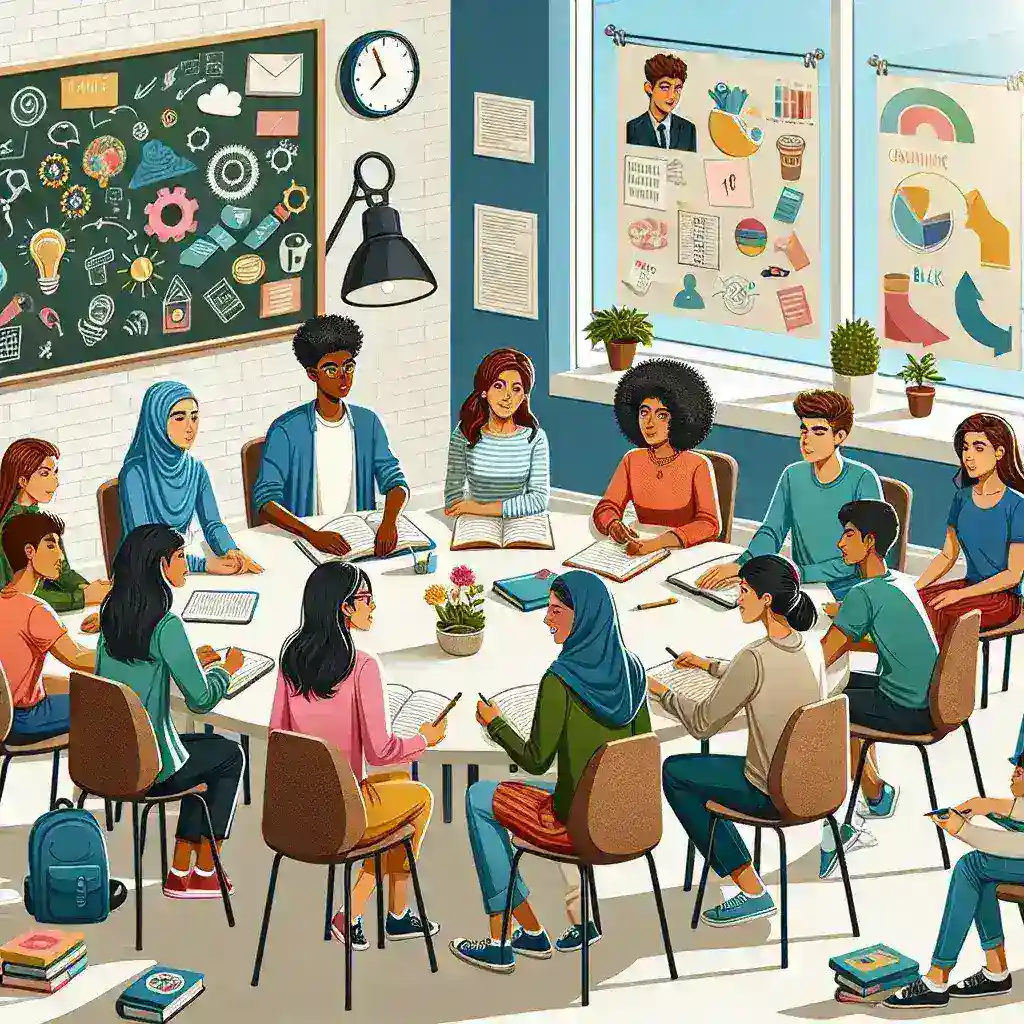Exploring Strategies for Fostering an Inclusive College Classroom Environment
Introduction
The concept of inclusivity in education has garnered increasing attention in recent years. Colleges around the world are striving to create environments where every student, regardless of their background, can feel valued and able to contribute. Here, we explore seven key strategies that can help educators establish a more inclusive environment in their classrooms.
Understanding Inclusivity
Inclusivity in a college setting means recognizing and valuing the diverse backgrounds, experiences, and perspectives students bring to the classroom. It involves creating a learning environment where all students have equal access to educational opportunities and feel supported and valued.
Strategy 1: Cultivate an Open Dialogue
One of the first steps in fostering inclusivity is to encourage open communication. Educators should invite students to share their experiences and perspectives, and actively listen to them. This approach not only helps in understanding individual experiences but also promotes a culture of respect and empathy.
Strategy 2: Implement Universal Design for Learning (UDL)
UDL is an educational framework that aims to improve and optimize teaching and learning for all people based on scientific insights into how humans learn. Applying UDL principles in the classroom can help address the diverse needs of students by providing multiple means of representation, expression, and engagement.
Strategy 3: Provide Adequate Support and Resources
Ensuring that students have access to the necessary resources, including tutoring, counseling, and accessibility services, is crucial for an inclusive environment. Colleges should also offer training for faculty and staff on inclusivity and diversity to better support their students.
Strategy 4: Encourage Collaborative Learning
Group work that encourages collaboration among students from different backgrounds can enhance understanding and respect. Structuring activities where students need to work together to solve problems or complete projects can lead to more inclusive interactions.
Strategy 5: Reflect Diversity in Course Content
Including diverse perspectives in course materials and discussions enriches learning experiences and reflects the real-world diversity students will encounter in their professional lives. Educators should strive to include authors, theorists, and examples from a broad range of backgrounds.
Strategy 6: Foster a Safe Classroom Climate
A safe and welcoming environment is essential for learning. Educators should establish clear guidelines about respect and inclusivity, and address any incidents of discrimination or harassment immediately.
Strategy 7: Continuous Assessment and Feedback
Regular assessment of teaching methods and classroom strategies is important to ensure they effectively contribute to an inclusive environment. Seeking feedback from students about their classroom experience can also provide valuable insights into areas needing improvement.
Conclusion
Creating an inclusive classroom is not a one-time effort but a continuous process of learning, adapting, and growing. By implementing these strategies, educators can significantly enhance the educational experience and success of all students, preparing them for a diverse and interconnected world.

